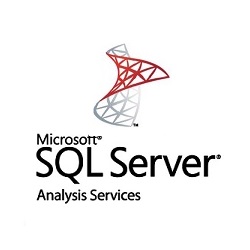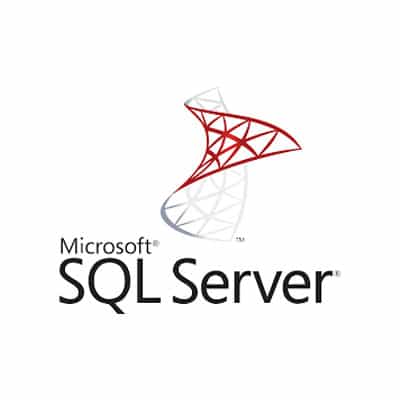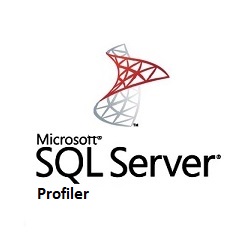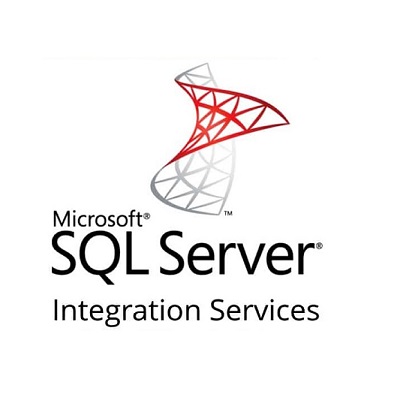In this article, we will give an overview of the first two tasks provided by Integration Services (SSIS) that allows manipulating OLAP cubes and executing commands over SSAS. These two tasks are Analysis Services Processing Task and Analysis Services Execute DDL Task.
SQL Server functions for converting a String to a Date
SQL Shack
A SQL join on multiple tables: overview and implementation
SQL Shack
SQL join multiple tables is one of the most popular types of statements executed while handling relational databases. As known, there are five types of join operations: Inner, Left, Right, Full and Cross joins. In this article, we will explain the meaning of Joins in SQL, we will describe each...
[Read More]
An overview of the SQL cursor @@FETCH_STATUS function
SQL Shack
SQL cursor is one of the most popular database objects. It is used to retrieve data from the result set of an SQL query one row at a time. Even if the cursor is not recommended from a performance perspective, they are still widely used especially when handling a small...
[Read More]
Yet another bunch of SQL string functions
SQL Shack
Linking relational databases with OLAP cubes
SQL Shack
One of the most asked questions is how to link an OLAP cube with a relational database, or in another way how to join the result of an MDX query with a table stored in a relational database. In this article, we will illustrate how to link a SQL Server...
[Read More]
SSIS Extract links from Excel cells to load into SQL
Stack Overflow
An overview of SQL String Functions
SQL Shack
In this article, we will try to give a brief overview of the SQL string functions used in SQL Server and we will provide some examples. A string function is a function that takes a string value as an input regardless of the data type of the returned value. In...
[Read More]
ORADIEX: A Big Data driven smart framework for real-time surveillance and analysis of individual exposure to radioactive pollution
BDCSIntell'2019
Radiation pollution has been always a critical concern, since it can cause a huge damage to humans and for nature. To minimize the damage, governments are collecting and monitoring radiation level using advanced systems. In the past years, Big data technologies such as distributed file systems, NoSQL databases and stream...
[Read More]
An overview of the SQL Server Profiler
SQL Shack
SSIS Foreach Loop vs For Loop Container
SQL Shack
SSIS Balanced Data Distributor Overview
SQL Shack
An overview of the Data Profiling task in SSIS
SQL Shack
The Data Profiling task in SSIS is an important task that can be used to assess the quality of data sources. Unfortunately, this component is not widely used by many business intelligence developers.
[Read More]
SQL OFFSET FETCH Feature: Loading Large Volumes of Data Using Limited Resources with SSIS
SQL Shack
In this article, we illustrate how to use the OFFSET FETCH feature as a solution for loading large volumes of data from a relational database using a machine with limited memory and preventing an out of memory exception. We describe how to load data in batches to avoid placing a...
[Read More]
SSIS Script Component Overview
SQL Shack
SSIS Script component is a prominent strength of SQL Server Integration Services since it allows developers to implement any complex logic and utilize libraries from the powerful .NET framework or third-parties. In this article, we will give an overview of SSIS Script component, and illustrate the benefits of using it....
[Read More]
SSIS Flat Files vs Raw Files
SQL Shack
SSIS XML Destination
SQL Shack
Until now, Microsoft has not included the XML Destination component in SQL Server Integration Services (SSIS). Many years ago, this component was requested on the Microsoft connect website, but it was closed as “Won’t fix.” For this reason, many workarounds and third-party components were created. In this article, we’ll talk...
[Read More]
SSIS Data types: Change from the Advanced Editor vs Data Conversion Transformations
SQL Shack
SSIS Connection Managers: OLE DB vs ODBC vs ADO.NET
SQL Shack
SSIS Derived Columns with Multiple Expressions vs Multiple Transformations
SQL Shack
Execute SQL Task in SSIS: Output Parameters vs Result Sets
SQL Shack
Execute SQL Task in SSIS: SqlStatementSource Expressions vs Variable Source Types
SQL Shack
SSIS OLE DB Destination vs SQL Server Destination
SQL Shack
SSIS Expression Tasks vs Evaluating variables as expressions
SQL Shack
SSIS OLE DB Source: SQL Command vs Table or View
SQL Shack
SQL Server Integration Services provides a wide variety of features that helps developers to build a robust Extract, Transform and Load process. After many years contributing to SSIS related tags on Stackoverflow.com, I can say that many developers have some misunderstanding about SSIS features (SSIS OLE DB Source, SSIS Expressions,...
[Read More]






